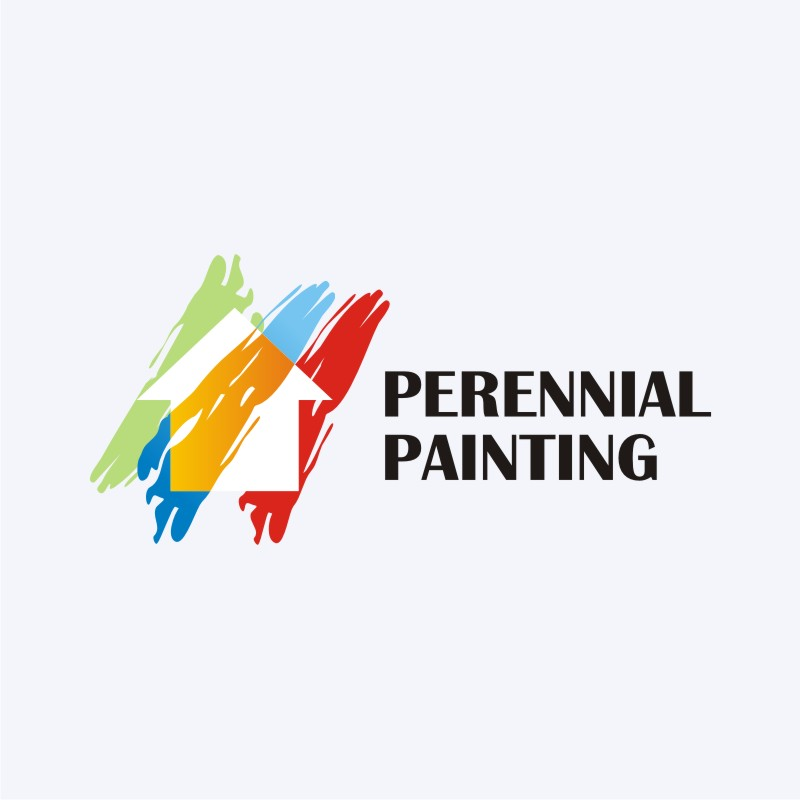Recognizing Seasonal Influences On Commercial Outside Painting: Necessary Understanding For Success
Recognizing Seasonal Influences On Commercial Outside Painting: Necessary Understanding For Success
Blog Article
updated blog post -Korsholm Bagger
When you're planning an industrial external painting job, seasonal factors can make or break your results. You'll want to take into consideration just how temperature and moisture effect paint application and drying out times. Choosing the ideal period can ensure your paint adheres properly and lasts much longer. However which periods are really the best for this type of work? Let's explore the key elements that can impact your task's success.
The Influence of Temperature Level on Paint Application
When you're intending an industrial outside paint job, the temperature can considerably impact how well the paint sticks and dries out.
Preferably, you intend to paint when temperatures vary between 50 ° F and 85 ° F. If it's also cold, the paint might not cure appropriately, causing problems like peeling off or fracturing.
On the other hand, if it's also warm, the paint can dry as well promptly, avoiding appropriate bond and causing an irregular surface.
You should likewise take into consideration the time of day; morning or late afternoon provides cooler temperature levels, which can be a lot more favorable.
Constantly check the maker's referrals for the specific paint you're making use of, as they frequently provide advice on the perfect temperature level array for optimal outcomes.
Moisture and Its Impact on Drying Times
Temperature isn't the only environmental element that affects your commercial exterior paint project; moisture plays a considerable duty as well. High humidity levels can reduce drying times substantially, impacting the total top quality of your paint work.
When the air is filled with dampness, the paint takes longer to cure, which can bring about issues like bad attachment and a higher danger of mildew development. If you're repainting on a particularly humid day, be gotten ready for prolonged wait times in between layers.
It's critical to keep track of local weather conditions and plan appropriately. Ideally, aim for humidity degrees between 40% and 70% for ideal drying.
Keeping these consider mind ensures your task remains on track and delivers an enduring finish.
Best Seasons for Commercial Exterior Painting Projects
What's the best season for your business exterior painting tasks?
Springtime and very early loss are typically your best choices. During these seasons, temperatures are mild, and humidity degrees are usually reduced, developing suitable conditions for paint application and drying out.
Avoid summer's intense heat, which can cause paint to completely dry too rapidly, resulting in bad attachment and coating. Likewise, winter season's cold temperatures can hinder appropriate drying and healing, taking the chance of the long life of your paint task.
Aim for days with temperature levels between 50 ° F and 85 ° F for optimum outcomes. Remember to check visit the next page forecast for rain, as wet problems can spoil your job.
Preparation around these aspects guarantees your paint task runs smoothly and lasts longer.
Final thought
To conclude, intending your industrial external painting tasks around seasonal considerations can make a significant difference in the result. By scheduling work during the excellent temperatures and moisture degrees, you'll make sure better bond and drying out times. Bear in mind to watch on neighborhood weather report and pick the correct time of year-- springtime and very early loss are your best bets. Taking these actions will aid you achieve a sturdy and professional coating that lasts.
